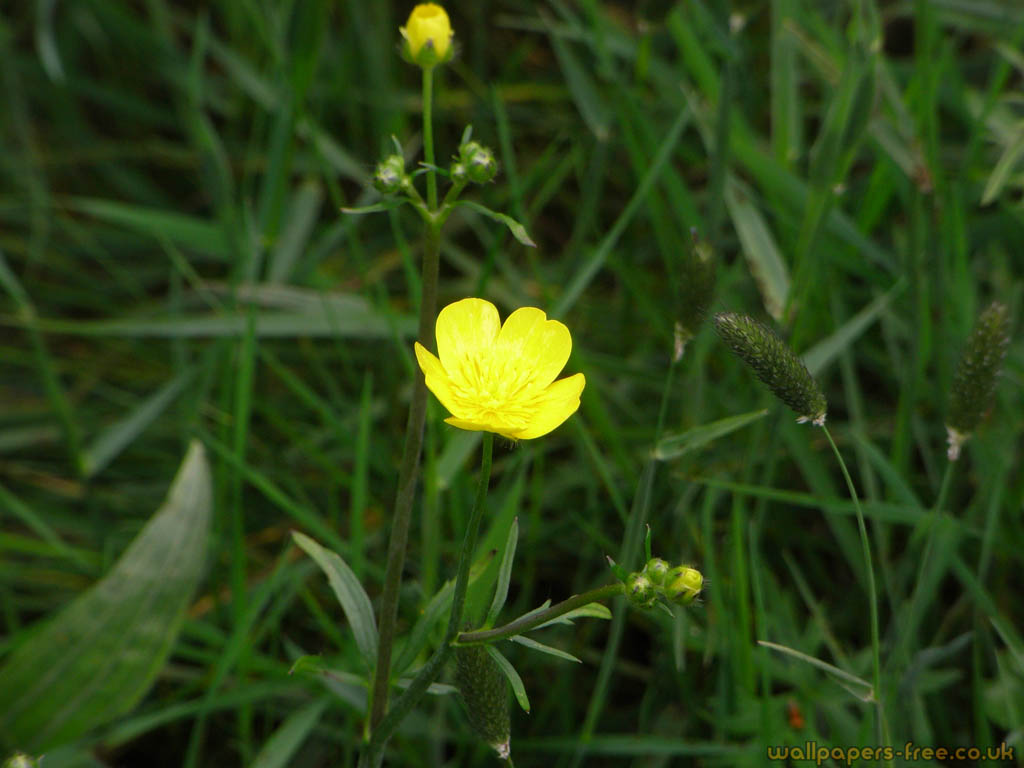

Medicinally, the acrid nature of the plants makes them great for stimulating poultices, similar to a "mustard plaster". Mucilaginous plants can be ingested to counter-effect the acrid buttercups. But be careful not to over do even these, as the residual acrid properties may cause a mild inflammation of the kidneys or liver. The acrid properties of the buttercups are unstable and are destroyed by drying or cooking, so the very mild buttercups are edible as salad greens or pot herbs. The buttercup taste is biting and acrid, stronger in some plants than others. Most of the species are listed as poisonous, but most are safe to taste. The predominant property in the plants of the Buttercup family is an acrid protoanemonin glycoside oil. Many species have hooked pistils, and the hooks often persist as the ovary matures after pollination. If you are not sure if you are looking at several separate pistils or some that are only partially fused together, then look for a hook at the tip of the pistil. A secondary pattern that is often easier to see, but not as consistent, is the hooked tips on the pistils. A flower with multiple pistils is very likely a Buttercup, but could potentially be confused with species from the Rose subfamily of the Rose Family. In more advanced plant families there is typically only one pistil, the result of a reduction in numbers along with the fusion of several pistils to make a single compound pistil. Twenty-three genera are found in North America.įor the purposes of identification, the most accurate pattern to look for is the multiple simple pistils at the center of the flower. Worldwide, there are 35-70 genera in the Buttercup family and about 2,000 species. Most have bisexual flowers, except some species of meadow rue ( Thalictrum) and Clematis. The floral parts are all independently attached below a superior ovary. There are often, but not always, numerous stamens and 3- to numerous simple pistils (apocarpous). You may discover that the most common pattern of the family is the apparent lack of a pattern! Buttercups can have either regular or irregular flowers with anywhere from 3 to 15 sepals, often colored like petals, and 0 to 23 actual petals. Yet these flowers are still considered "simple" because all the parts are independently attached.

The Buttercup family may be considered "simple" from an evolutionary standpoint, but it includes some flowers that are highly complex in appearance, such as the delphinium and columbine. More advanced plant families have reduced, more specific numbers of floral parts, and the parts are often fused together. Also, the stamens and pistils are spirally inserted in a cone-like receptacle, although it is often very small to see. The Buttercups are considered very "simple" because the floral parts-the petals, sepals, stamens and pistils-are all of an indefinite number and separate from one another. None of today's species were around 100 million years ago, but the Buttercups and other primitive groups like the Magnolias have retained the most ancestral characteristics over time. The Buttercup family is like a window back in time. Home | Plant Identification | Plant Families Gallery | Edible Plants | Mushrooms | Linksĭesertification & Weed Ecology | Weed Profiles | E-Mail | Search this Site Plant Identification, Edible Plants, Weed Ecology, Mushrooms, and more.


 0 kommentar(er)
0 kommentar(er)
